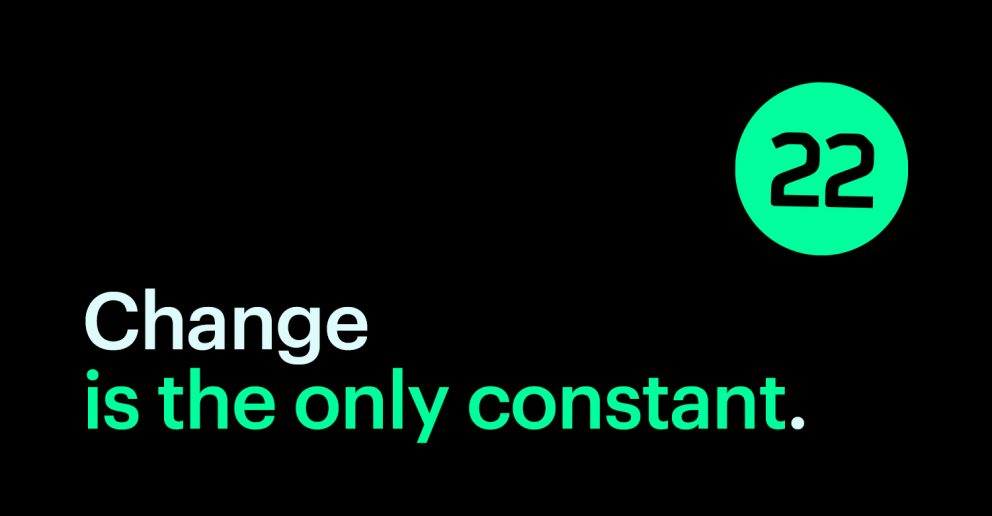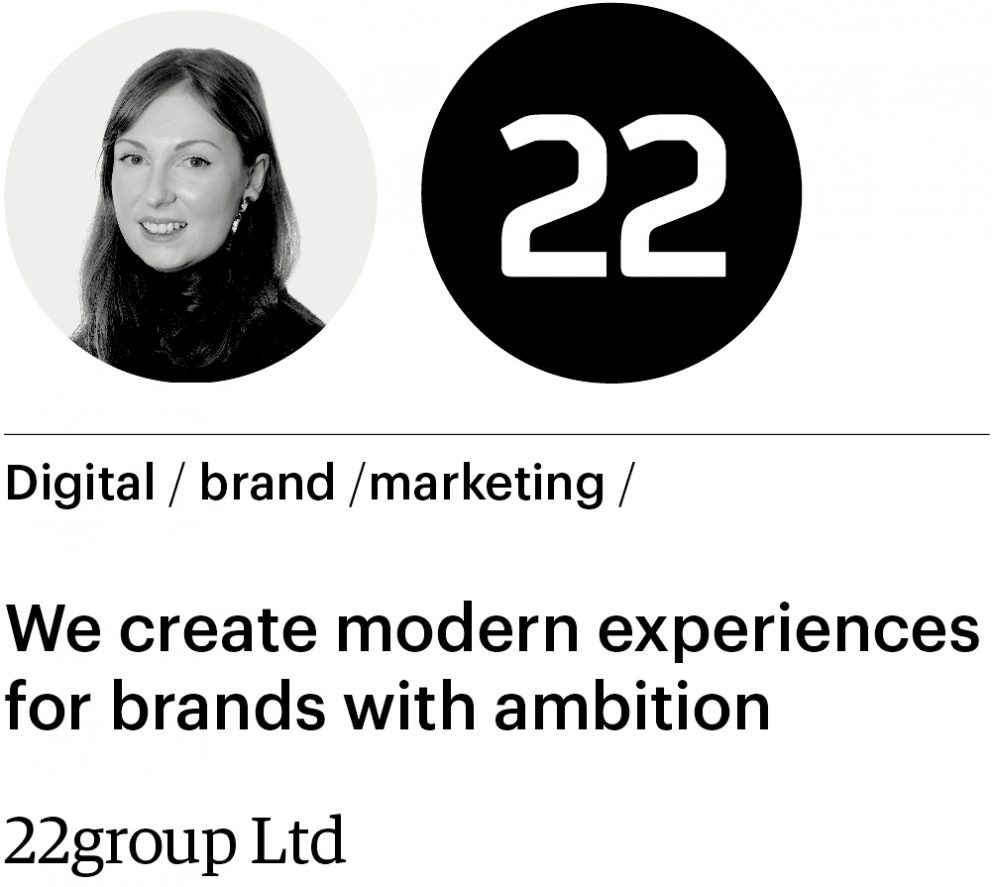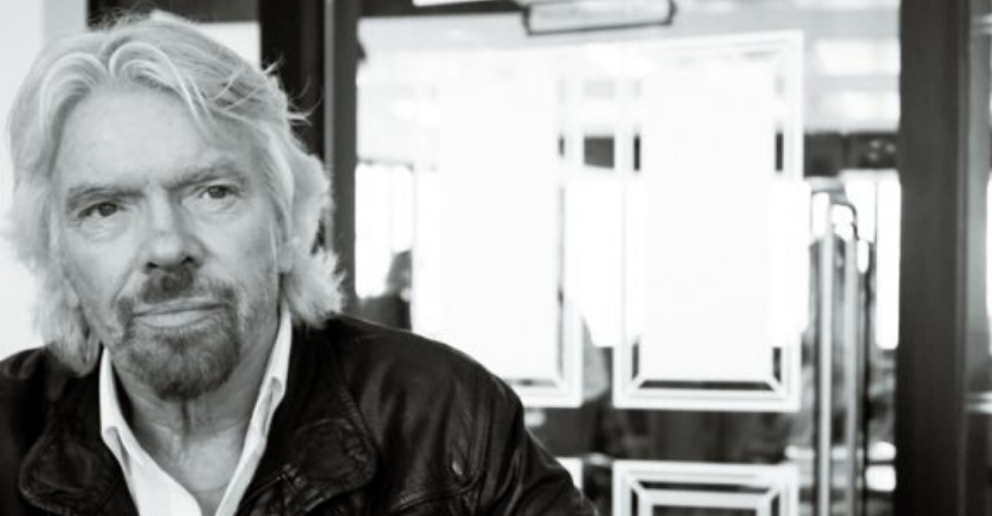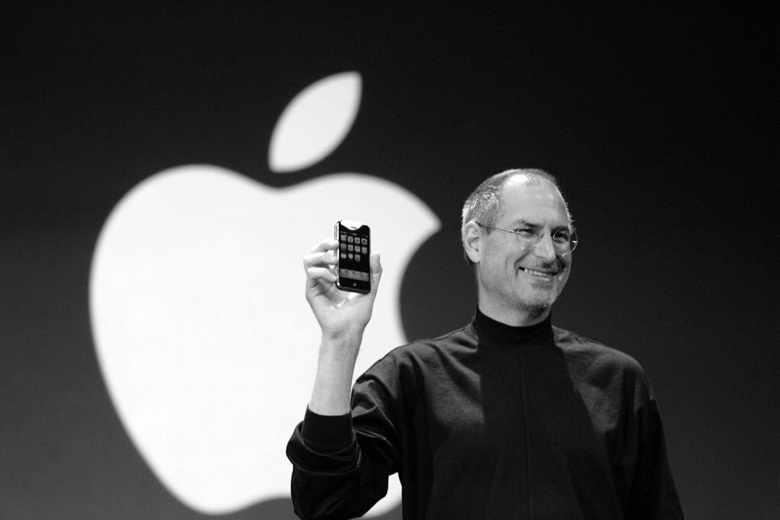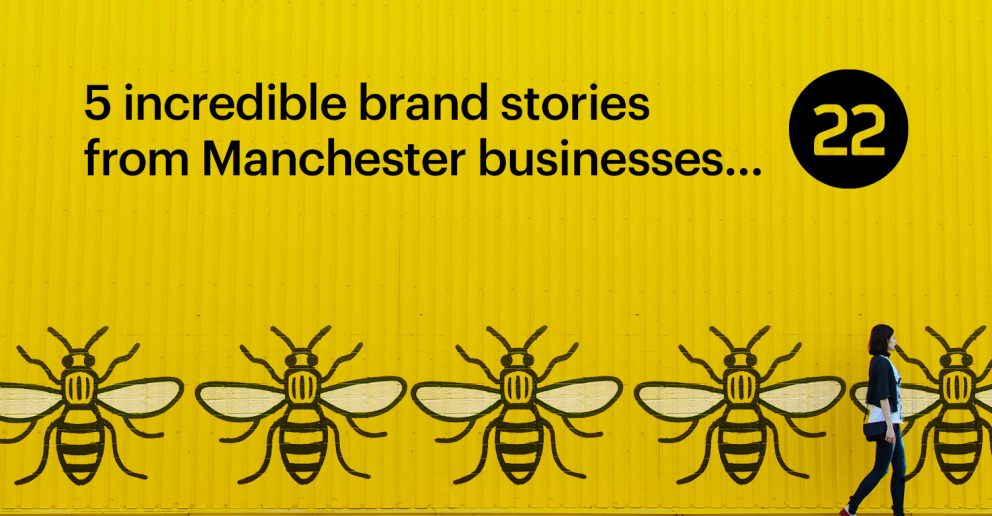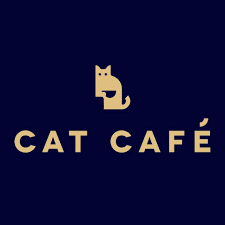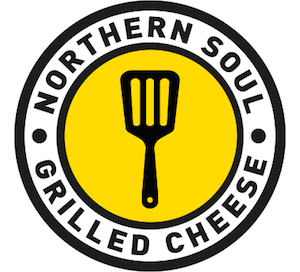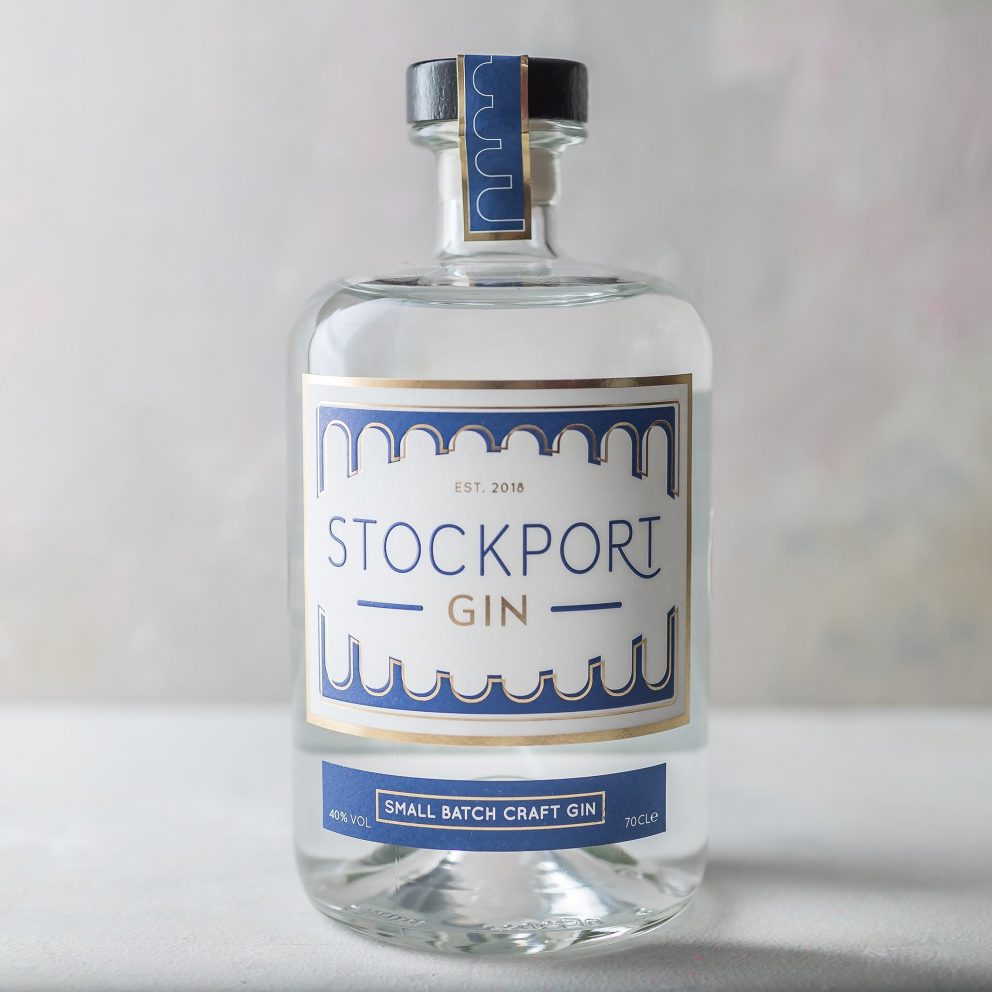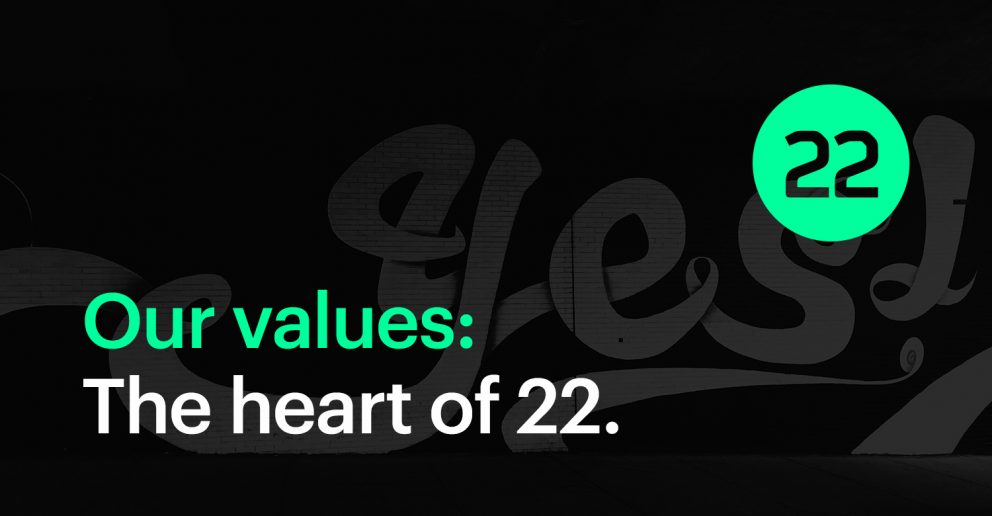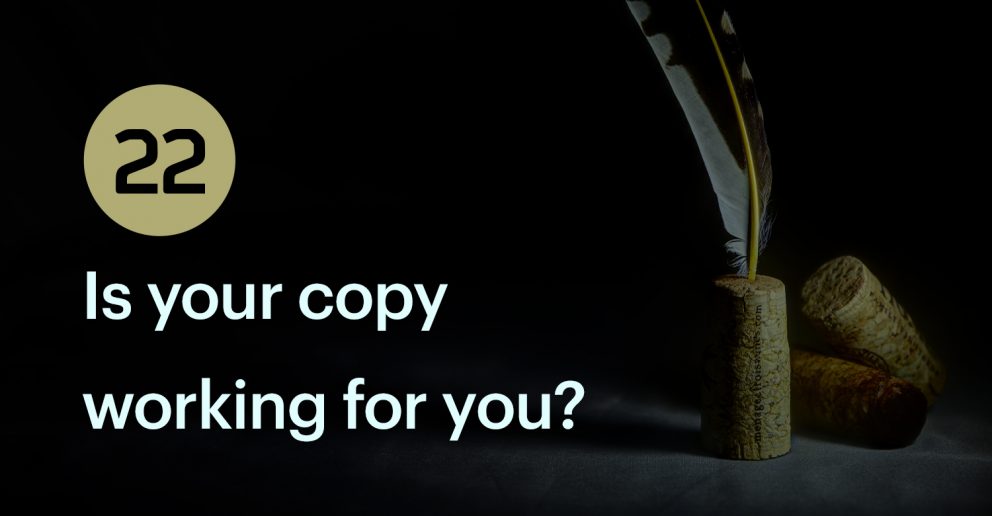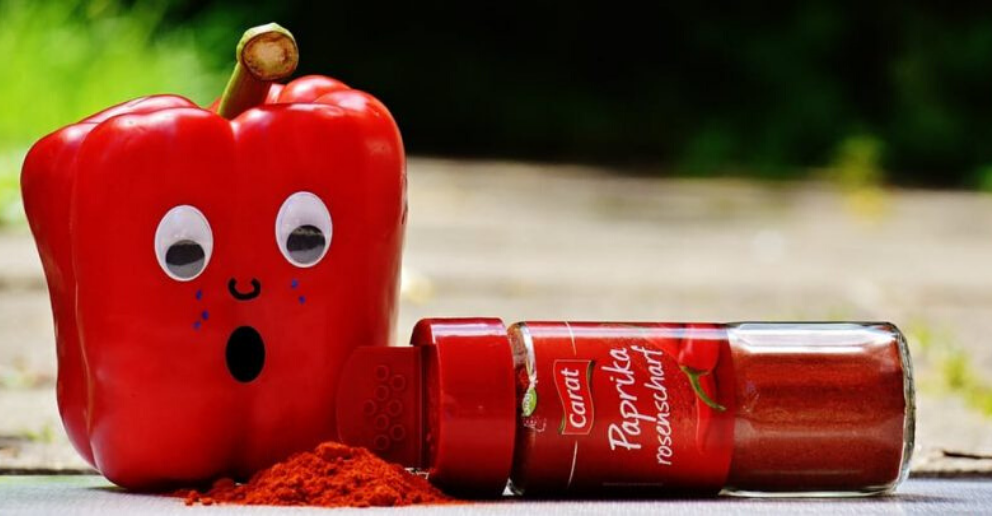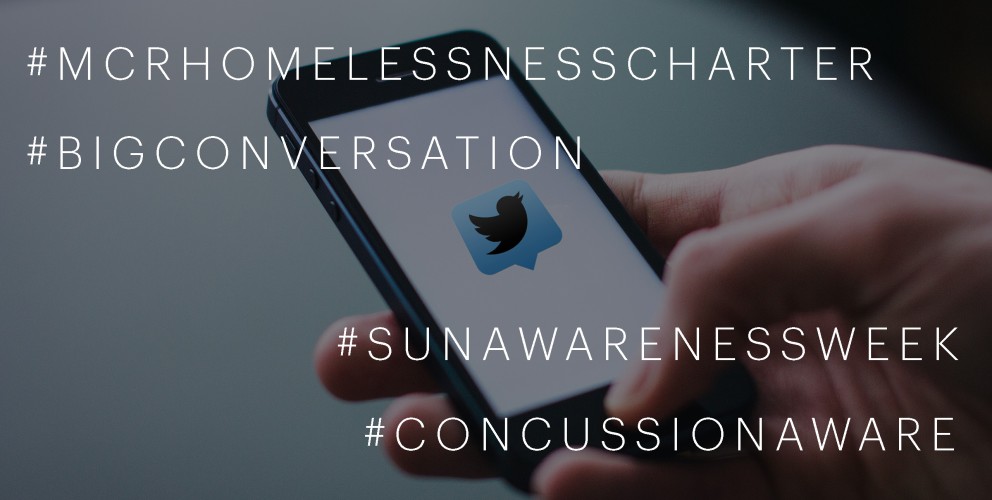Brand identity.
It all starts with a strong brand.
A strong brand needs to be more than just a flashy logo, or a well-chosen colour palette.
A strong brand is a brand whose values, culture and objectives are all aligned.
Branding is all about public perception - the knee-jerk reaction someone thinks when they see your name.
Brand identity is closely related to your visual identity. How do you present yourself?

If you haven’t updated your logo in years and it is beginning to age, you might want to consider how it showcases your brand.
If we think about your visual identity as clothing, then a sloppy logo and a tacky slogan are the equivalents of dressing your brand in nothing more than some faded hand-me-downs.
Not exactly likely to make a good first impression.
Your brand identity needs to go hand-in-hand with your values, your story and your culture. When everything is consistent, the strength of a brand really comes through.
The 10 steps that will establish your brand identity...
1. Know your values
Your brand values are your foundations. They should be guiding principles that will help define your brand to the rest of your team and to future clients. Your values are like your DNA, or your blueprint: they will determine every other decision you make.
A value could be ‘clear communication’ if your brand prides itself on the straightforward and direct way it shares information. The values you choose can be a combination of realistic and aspirational. Some values will be things you already pride yourself on. Others will be values to aim towards.

2. Create a customer persona
Knowing your customer inside and out is almost as important as establishing brand values. A customer persona is a profile of a typical customer of yours. This should be as detailed as you can possibly make it!
Think about the age and gender of your ‘average’ customer, their hobbies and family life. Think about their income, their pain points, what motivates them. By understanding your customer, you can understand how to best market to them.
3. Set ambitious but achievable goals
An aspect of establishing a clear brand identity is thinking about where you see your brand going. Your brand should have a trajectory. Everyone should be working toward the same goals.
Setting these goals will help you make important decisions, such as how to approach a marketing campaign, or what new logo to choose. Your goals should inform your brand personality and identity.
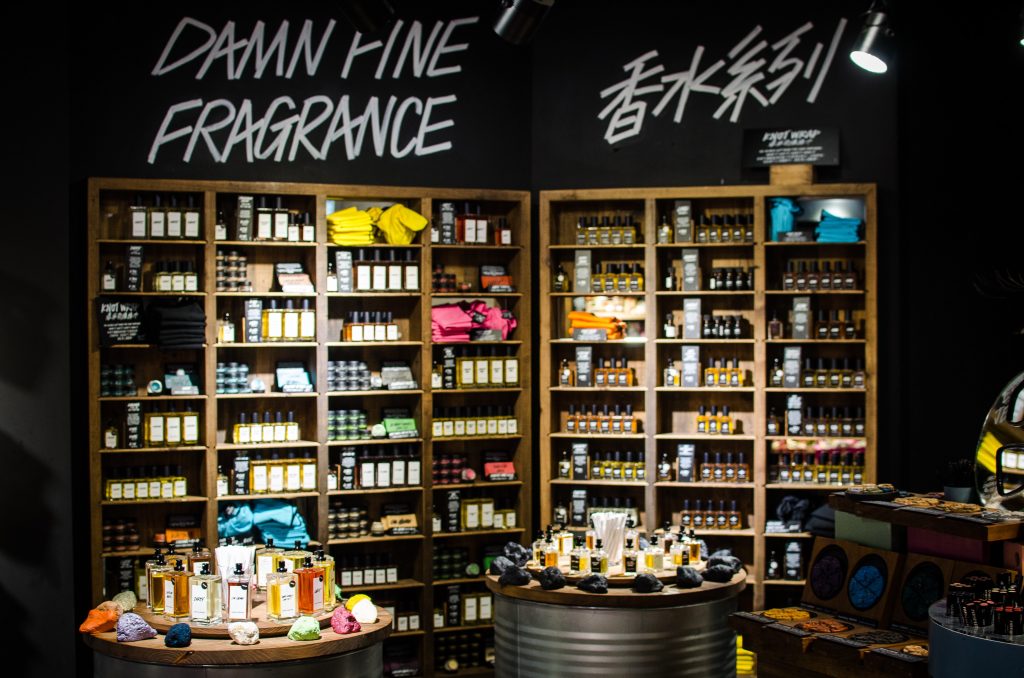
4. Consistency across all touchpoints, both on and offline
Part of a quality brand is strength. There is a reason Apple is such a juggernaut of a brand. Their brand identity is very firmly established. Their aesthetic doesn’t budge. Their marketing and messaging are consistent across the board.
Another good example is Lush. Lush is a global brand with a fiercely loyal customer base. Their brand identity is absolutely consistent, with recognisably friendly company culture, cruelty-free values and a consistent ‘look’ in every single one of their stores across the globe.
5. Make sure your content marketing is ‘on brand’
Your content marketing is the voice of your brand. It is every email you send, every piece of social media you post and every piece of text on your website.
The content your brand distributes should have the same tone of voice and core message. This should always reflect your values. If one of your values is ‘warmth’ but your emails are consistently formal, your content marketing could be weakening your brand identity.
6. Establish a visual identity and colour palette
A large part of your brand identity is the visuals people associate with you. McDonalds instantly brings to mind that red and yellow, and those golden arches. Nike’s ‘swoosh’ is instantly recognisable.
Your visual identity is like the clothes of your company. You have to make sure you choose something that is a perfect fit and ‘on brand’ - after all, it will determine the first impression people have of you.
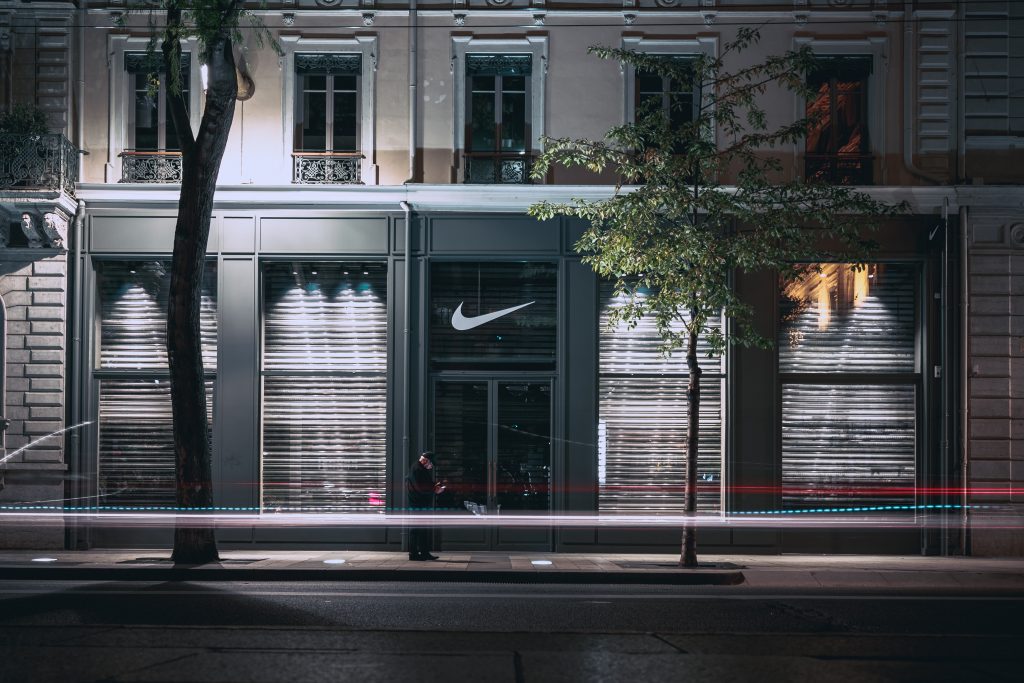
7. Develop brand guidelines
Brand guidelines are style guides that determine the aesthetic visual identity of your brand. They ensure consistency across the board. Brand guidelines are a huge part of cementing your brand identity.
Once you have official guidelines set in stone you can begin to distribute them across your entire team. This ensures everyone is singing from the same hymn sheet and everyone is familiar with the essence of your brand.
8. Address and remarket the company culture
Your company culture is something that few businesses consciously think about. The culture of a company is all about how the team operates. For a strong brand identity, it is worth taking a long look at the culture of a company. Redefining the ‘essentials’ of how you work can help with your consistency across the board.
9. Get the team onboard
Your brand identity is all about your team and the individual personalities that make it up. It goes without saying that you have to have the right people.
If you have a clear brand identity you're more likely to get noticed by like-minded individuals. Include your brand guidelines in any job advertisement you send out to ensure you’re attracting the right people.

10. Work on a brand strategy to be used across the board
A strong brand is nothing without a strong strategy. Your strategy should cover how to boost your engagement, how to connect more with your target audience and how to nurture those leads and enquiries that you get.
Your brand strategy should focus on two core things: your brand and your customers. Working out how to get a connection, a relationship, between your brand and your customers is vital to your success.
Here at 22 Group, we're brand specialists. We can study your target audience, research your market and develop a bespoke strategy for your brand.
Our designers are experts at crafting unique and impactful visual identities. We can write a compelling brand story for you and help you define your core values.
Give us a call to find out more.


